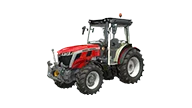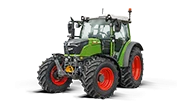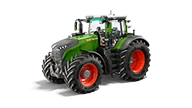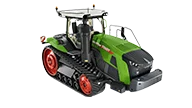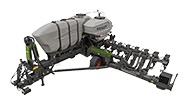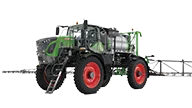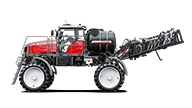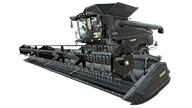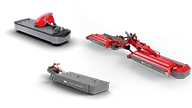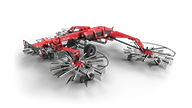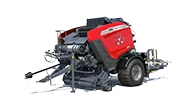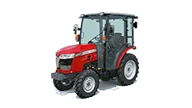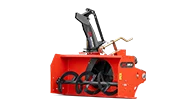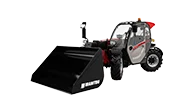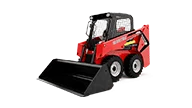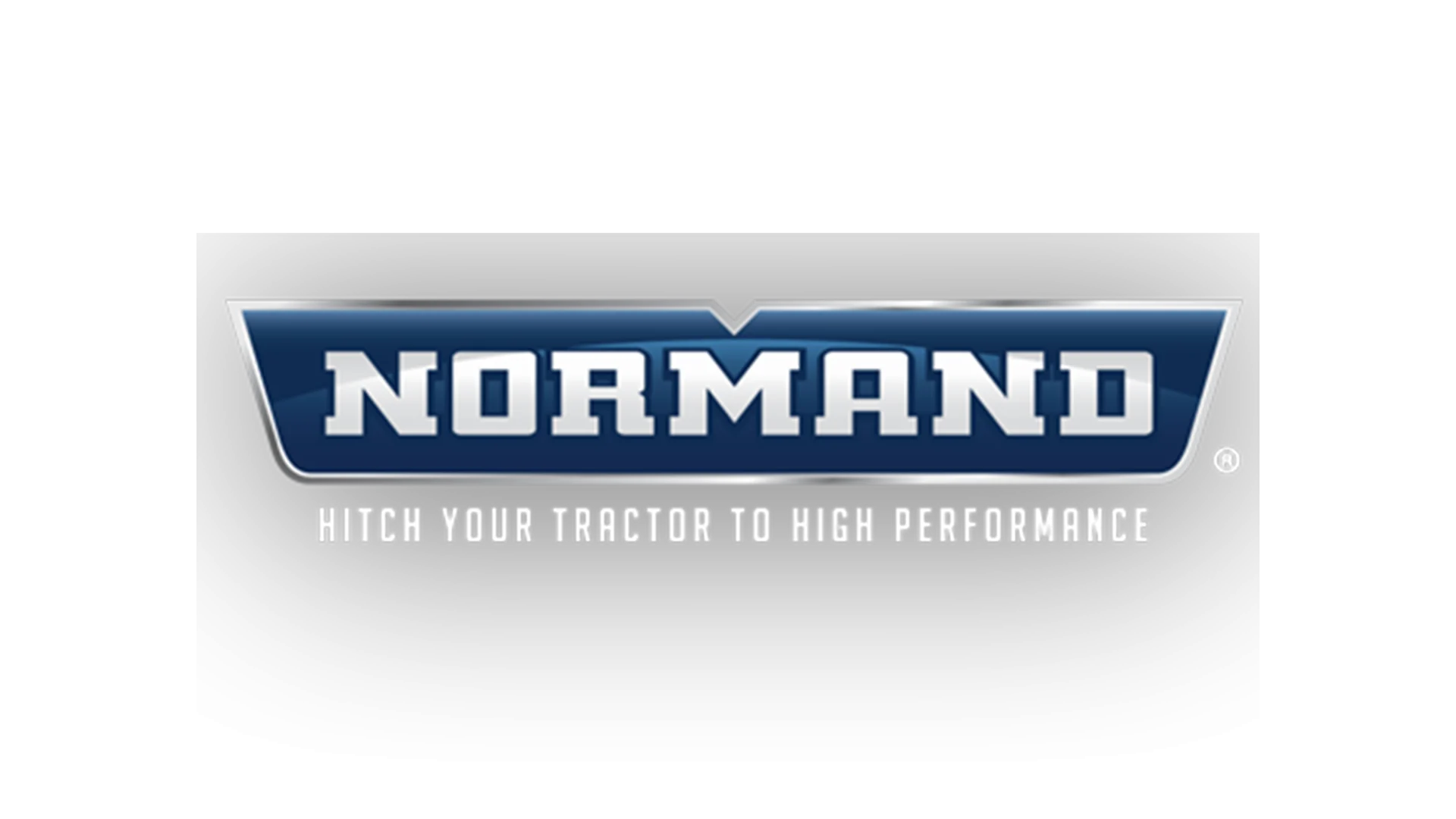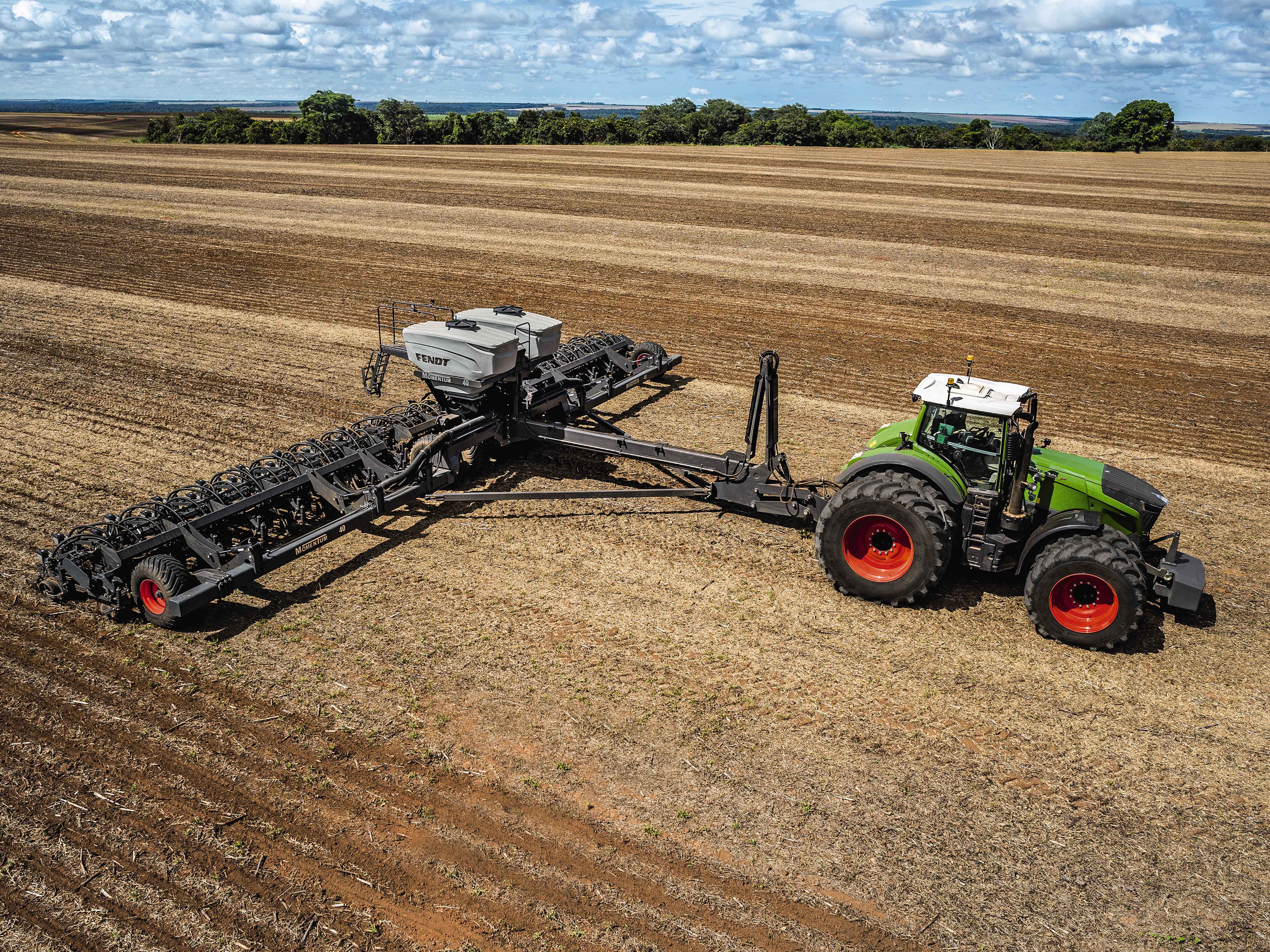The AGCO Crop Tour in 2020 featured test plots in 5 locations across the Midwest. As with all test plots there were a number of questions under consideration. Lets briefly quote some of the report.
Is there yield loss in the center rows planted with high-capacity, central-fill planters?
“Because of its in-line tandem wheel design, Momentum creates no pinch rows unlike other planters where there are tire tracks on both sides of a row,” Lee explains. “The dual wheels on our row-crop tractor created two pinch rows, and those rows averaged about 194 bushels per acre, whereas the rows without wheel compaction averaged a little more than 203 bushels per acre.”
“At the North Dakota location, wet soil conditions at planting led to soil compaction. With Momentum’s weight-transfer system enabled and spreading weight across the entire planter, rows from the planter’s center section averaged 8 bushels more per acre than when the system was disabled and weight was concentrated in the center rows.”
Rows were designated as pinch rows (those with a tire track on both sides of the row), affected rows (those with a tire track on one side of the row) and non-affected rows (no tire tracks). The resulting agronomic message was clear: Pinch-row soil compaction reduces yield, especially in less-than-ideal planting conditions.
Can yield loss be mitigated when planting with high-capacity, central-fill planters?
Load balance. The planter’s optional Load Logic™ system automatically monitored and hydraulically transferred weight equally to all wheels, while also automatically adjusting tire pressure to the lowest manufacturer-recommended psi for the weight.
